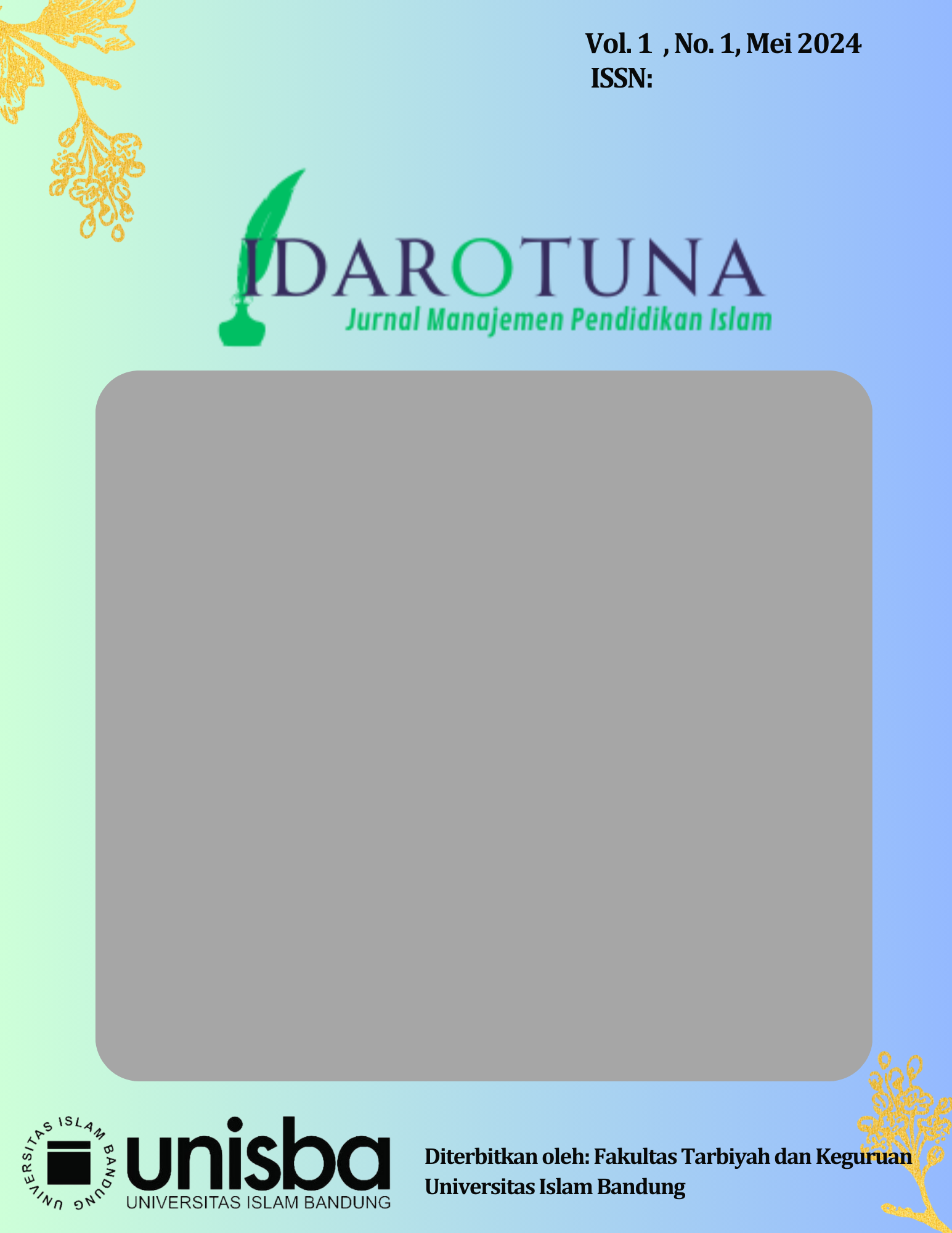Penerapan STEAM Dalam Pemecahan Masalah Anak Usia Dini
DOI:
https://doi.org/10.29313/idarotuna.v1i1.4020Keywords:
Keywords: STEAM, Problem Solving, early childhoodAbstract
Several studies related to problem-solving abilities in children attending primary and pre-school education are of particular concern to teachers and parents. Previous research studies show that children's ability to solve problems is still low. The STEAM method is a learning method that can help children explore the environment and can develop various characters such as responsibility, creativity and the ability to solve problems. STEAM combines several interdisciplinary disciplines which include: Science, Technology, Engineering, Art and Mathematics. STEAM is the perfect combination because it has almost the same characteristics, namely being contextual and cross-disciplinary, oriented towards problem solving. With STEAM, it is hoped that children will have the ability to solve problems both in the school environment and in the surrounding environment. The research method used in this research is descriptive qualitative. Qualitative research includes the subjects studied, field data, personal experiences, and real conditions in the field that the researcher interprets. The research subjects were RA Haurkoneng group B1 students aged 5-6 years. The implementation of STEAM at RA Haurkoneng has been carried out well and organized. In practice, the application of the STEAM method in solving problems for children aged 5-6 years is inseparable from the role of the teacher in providing stimulus to children. Children's ideas and problem solving abilities will emerge if teachers provide stimulation to children while learning activities are taking place. This stimulus can be included in the provocation stage. At this stage the teacher provides sentences that encourage children to be more enthusiastic, more critical so that ideas emerge that can solve problems in learning. Based on the research analysis, there were contrasting changes before and after the implementation of STEAM was implemented. Before implementing STEAM, children's enthusiasm for learning was very low, which also affected their ability to solve problems. After implementing STEAM, children's creative ideas emerged and children's enthusiasm for learning increased.









